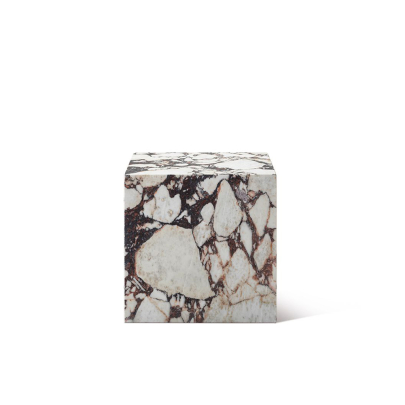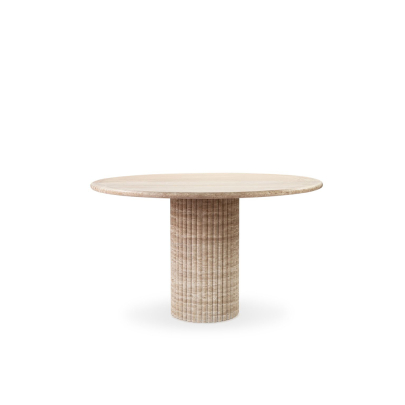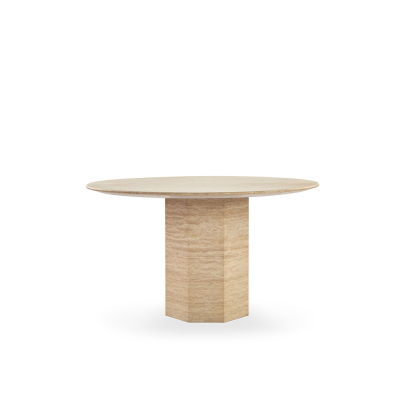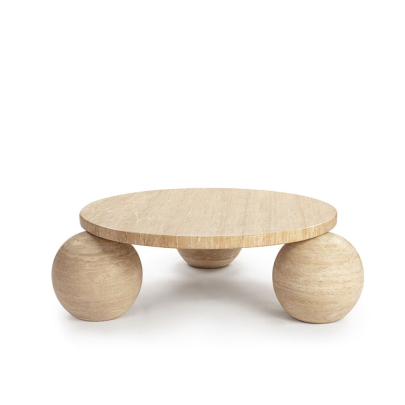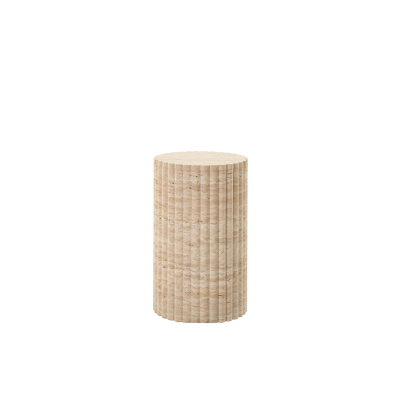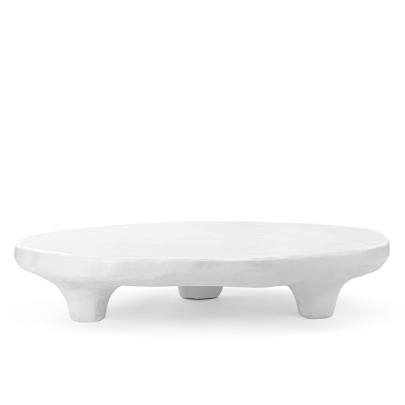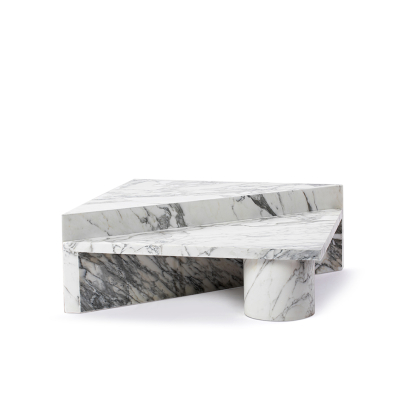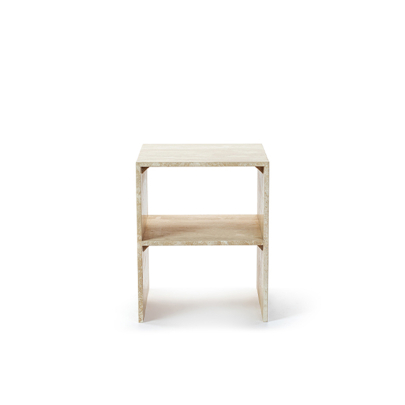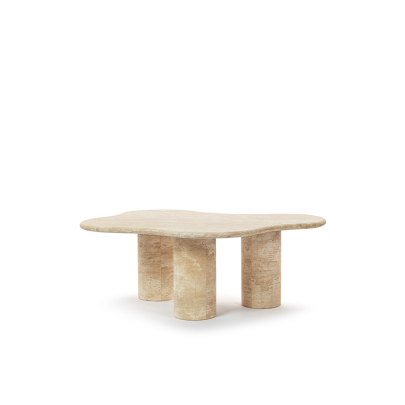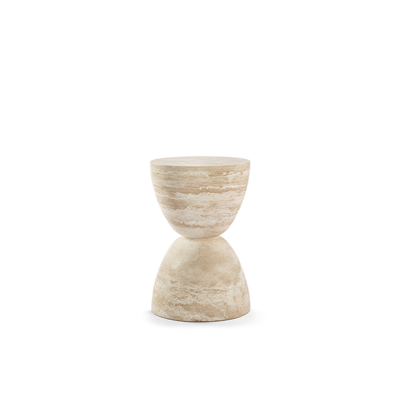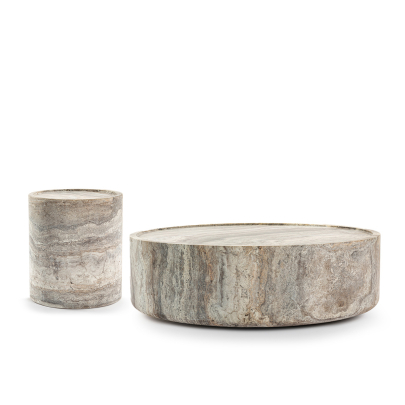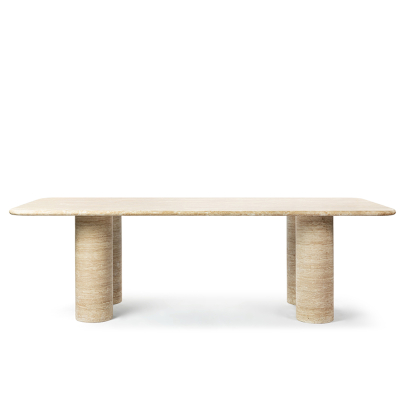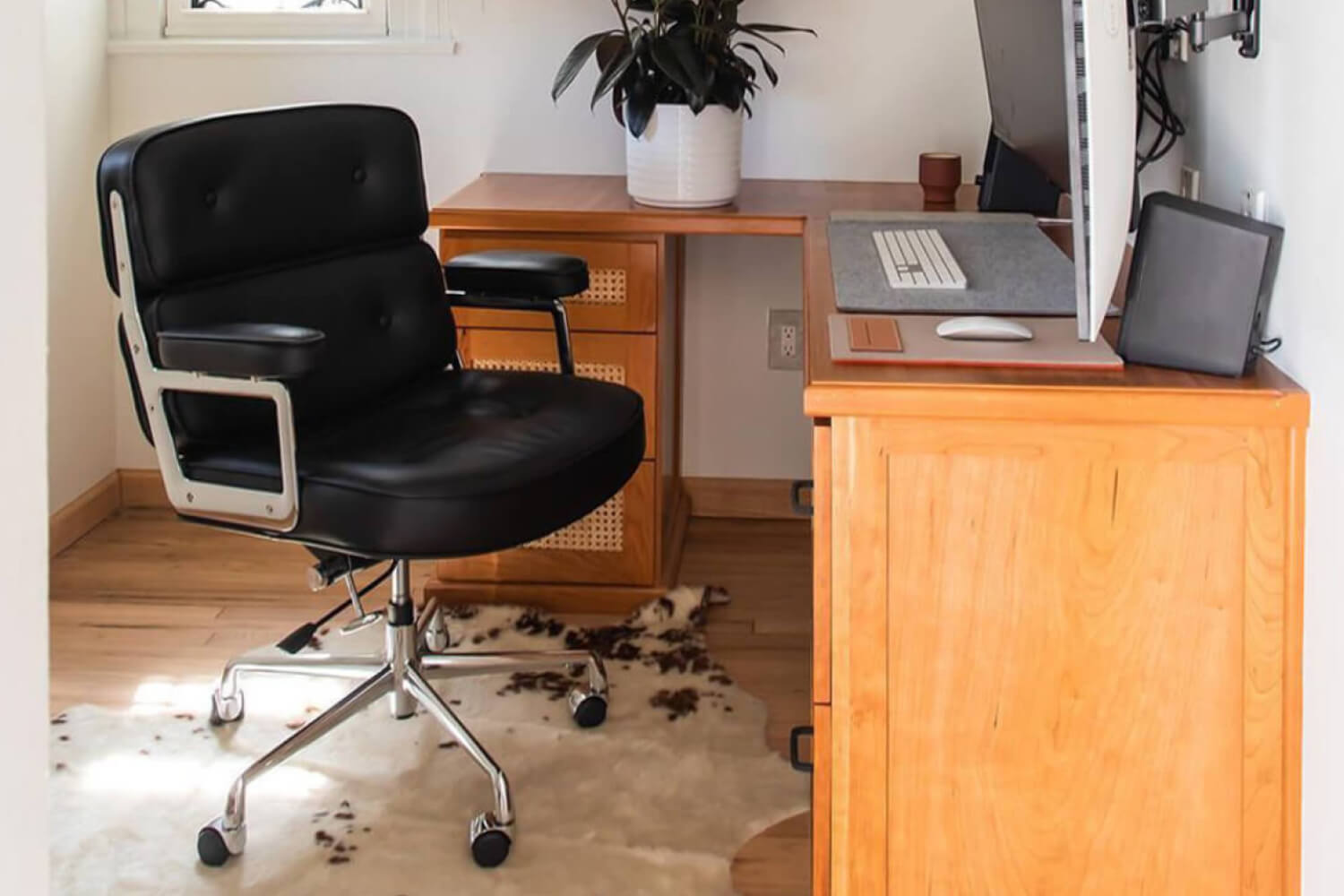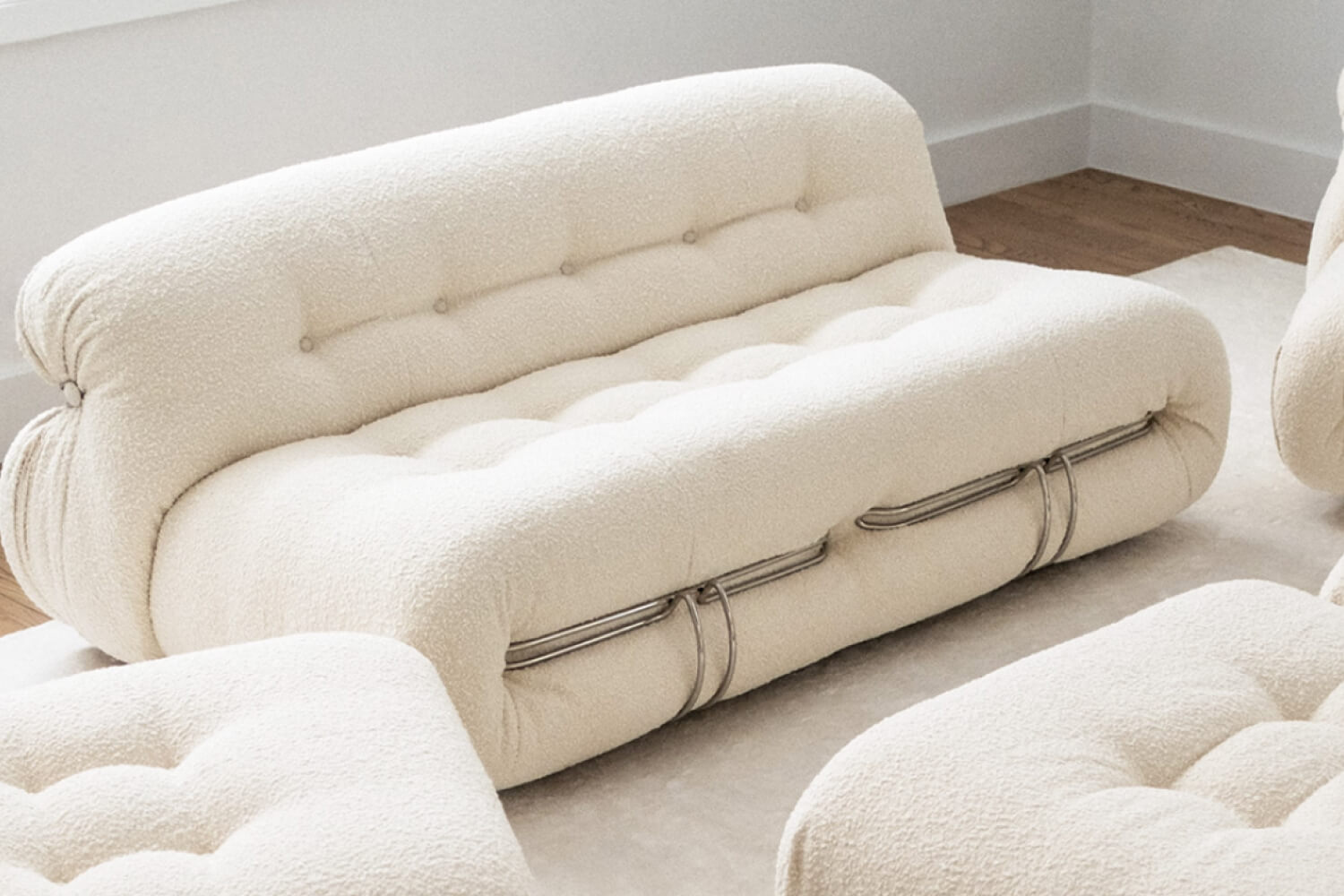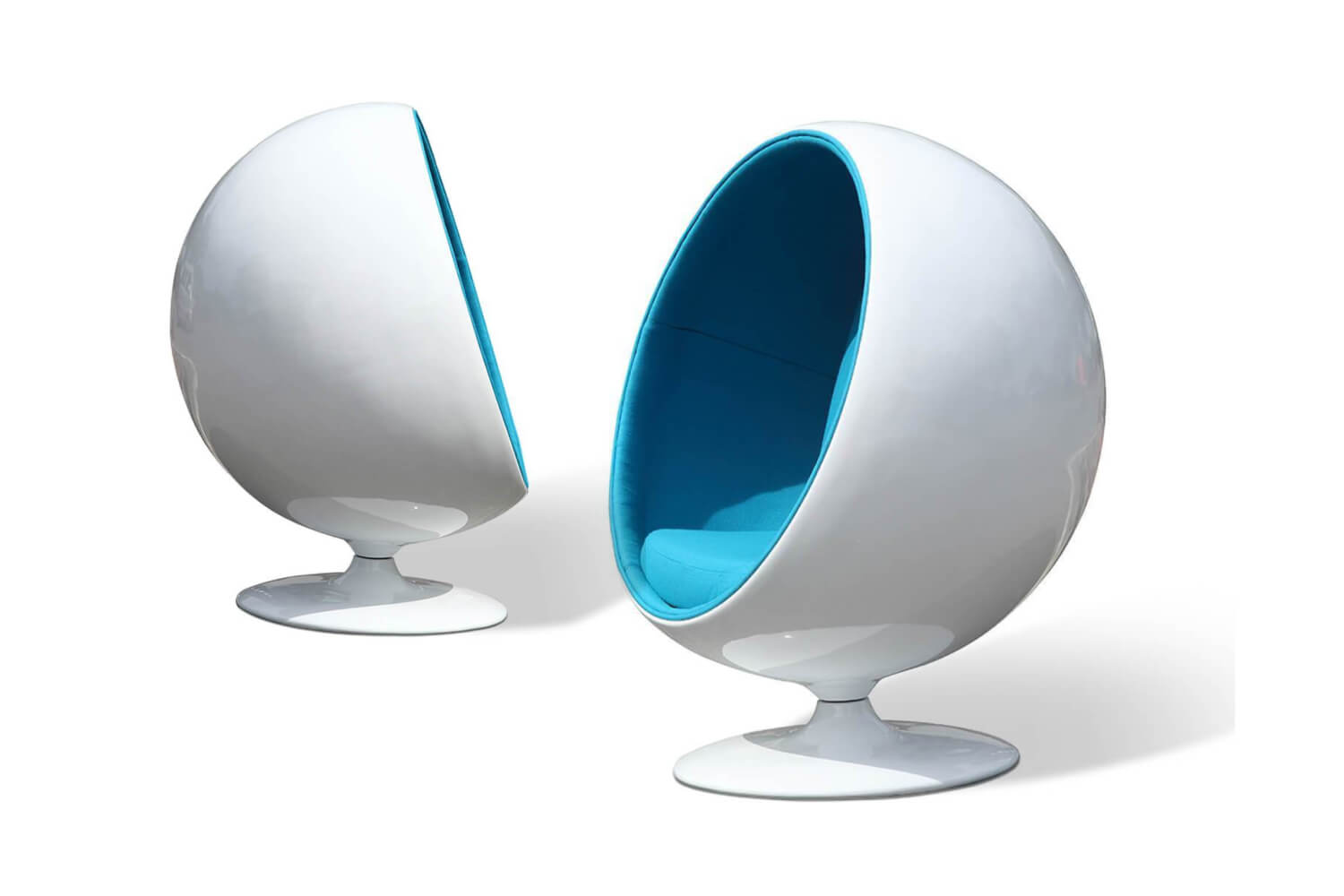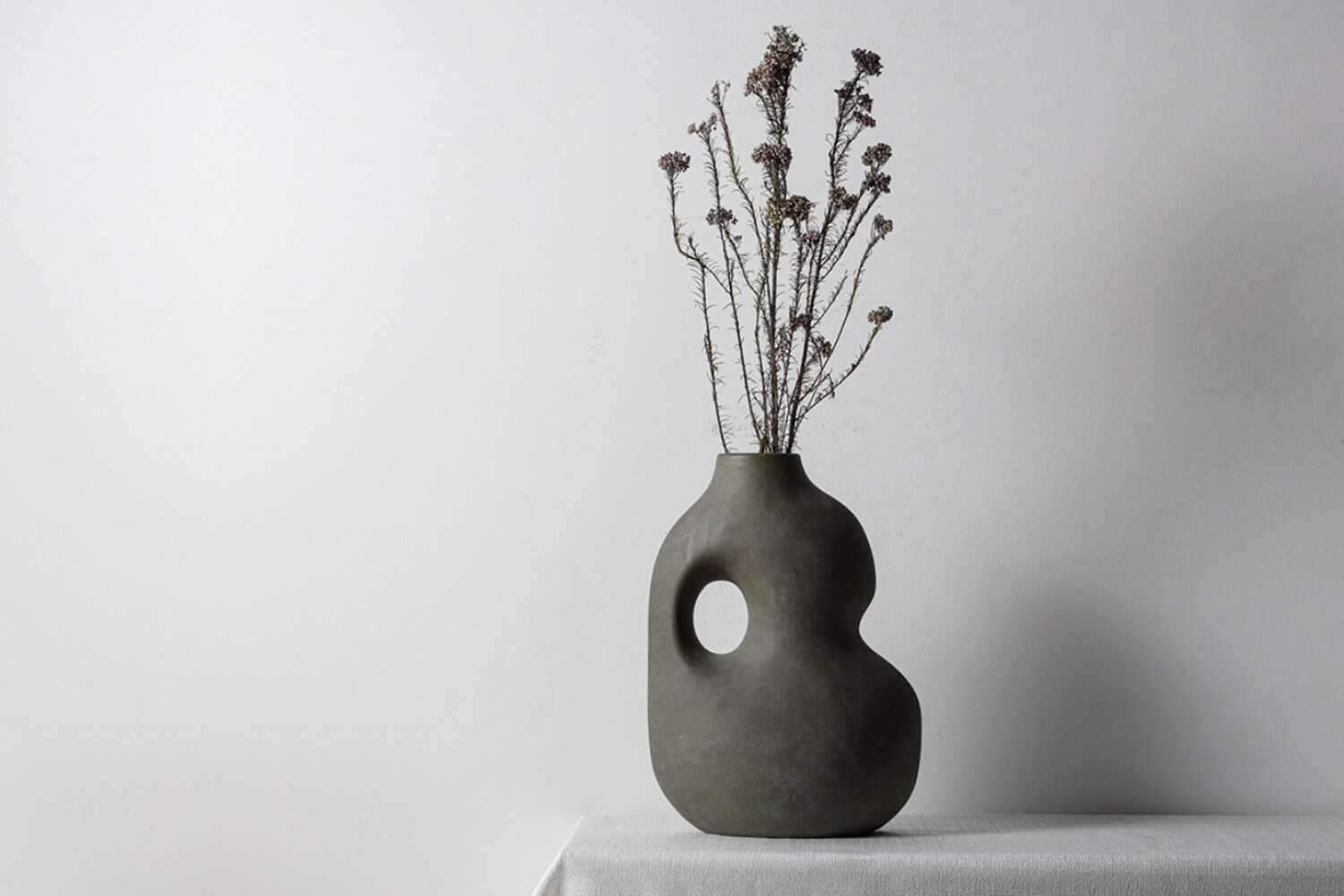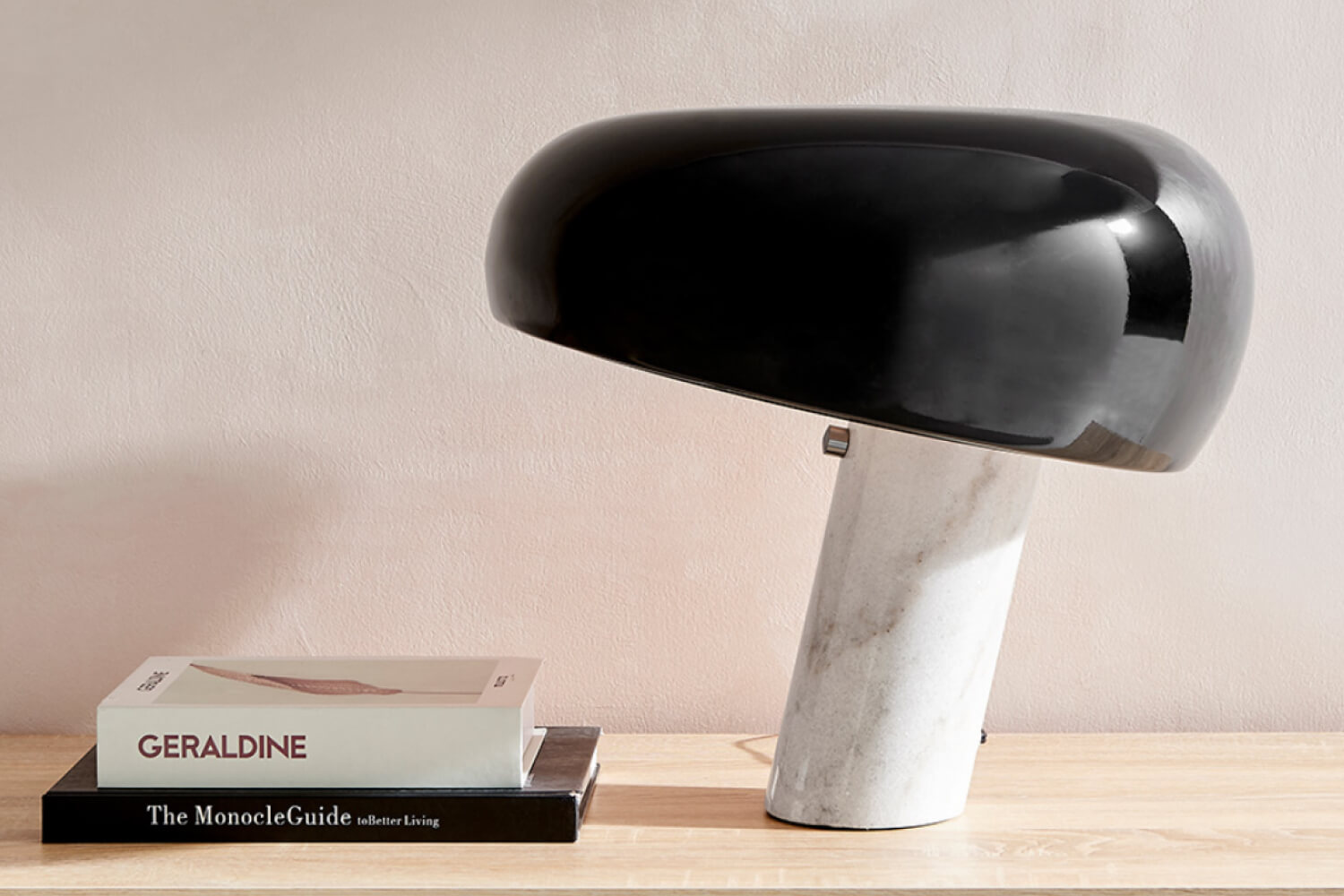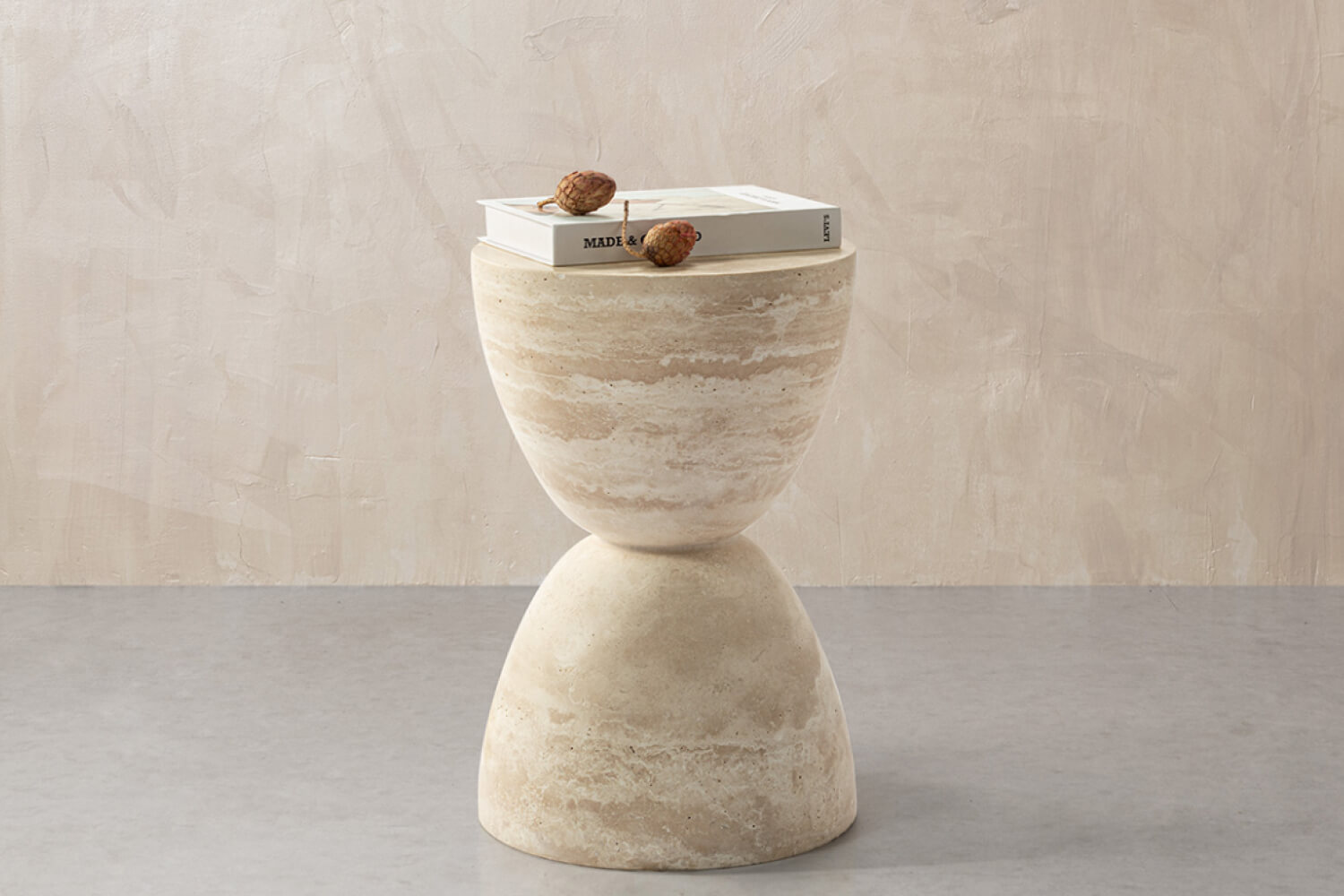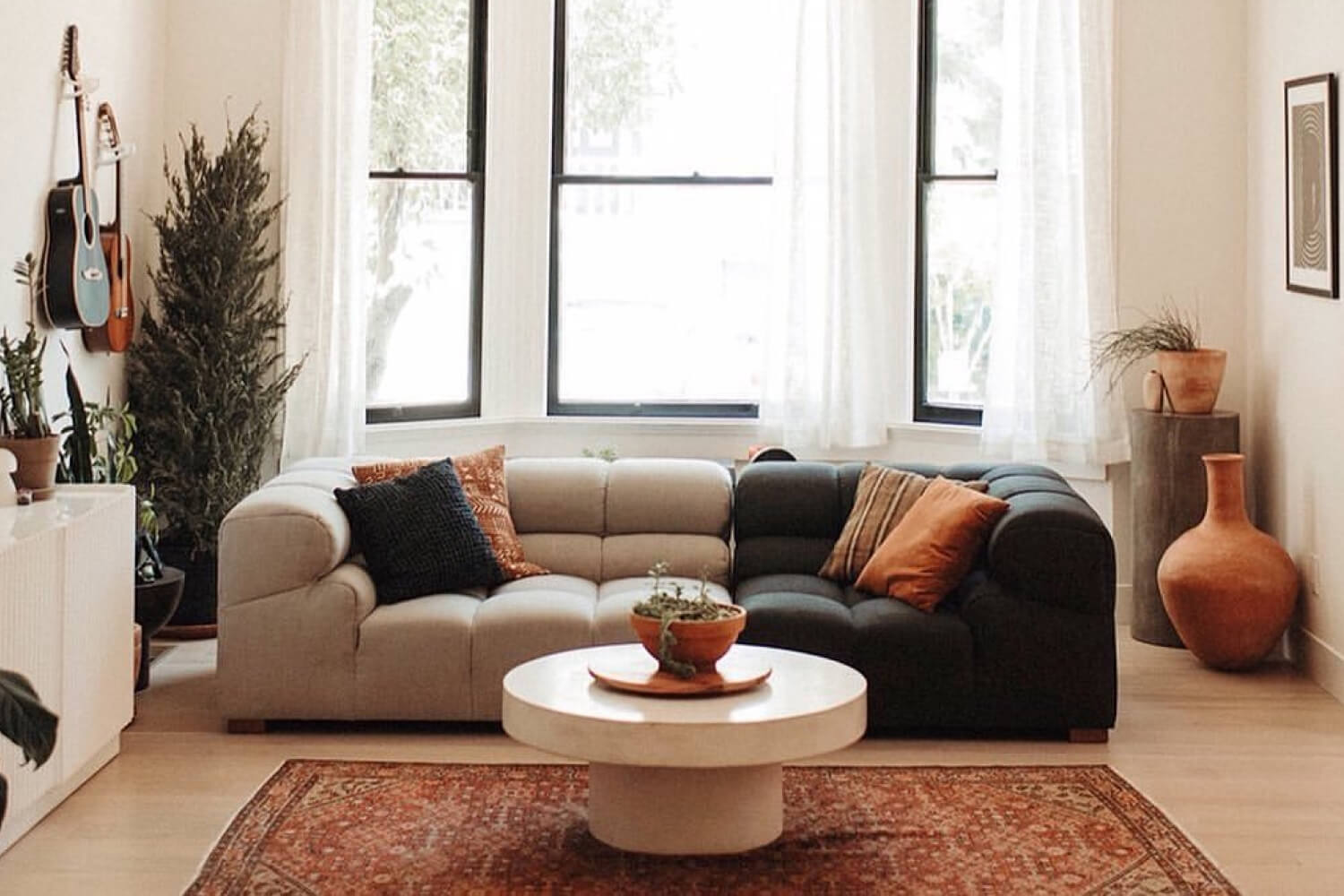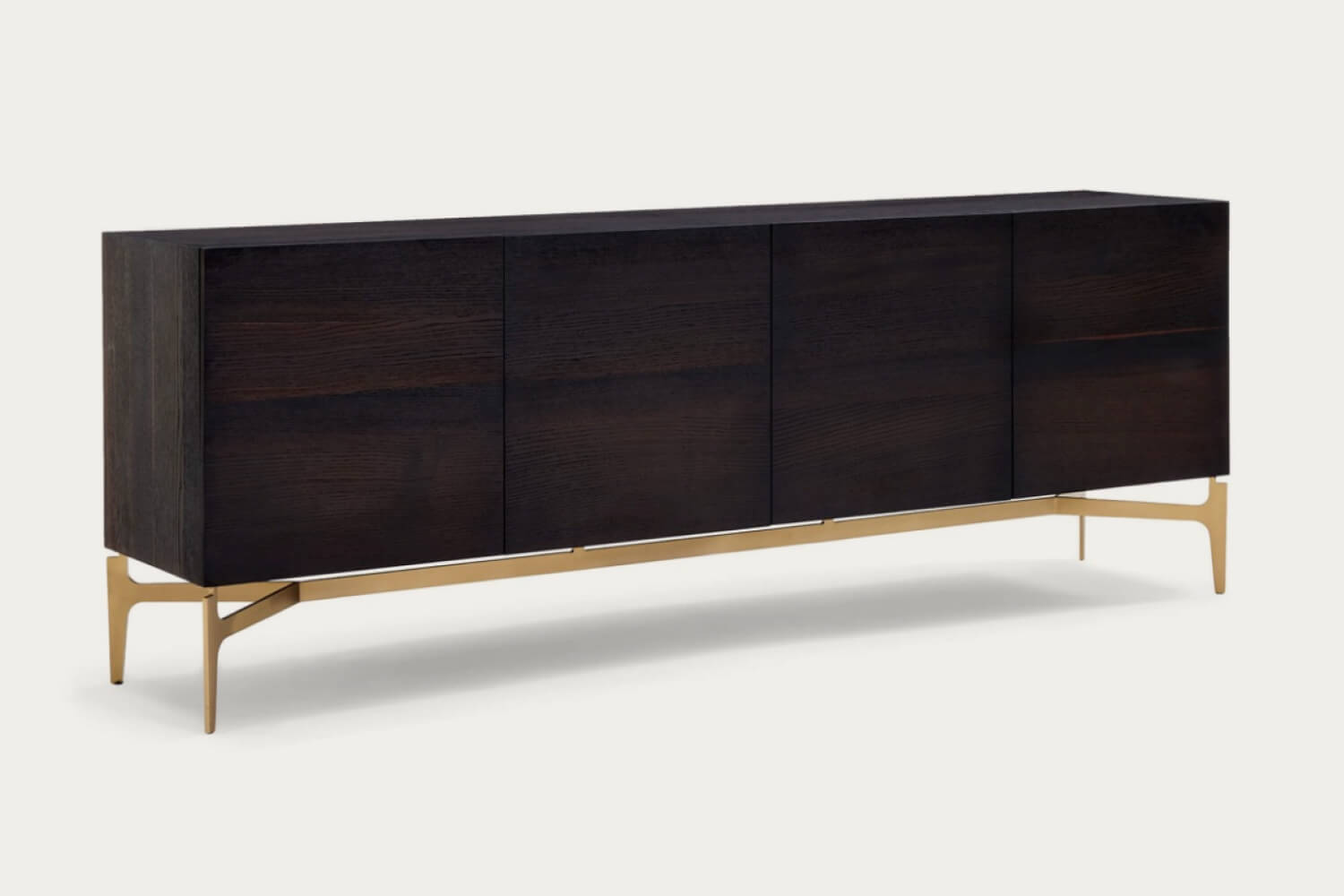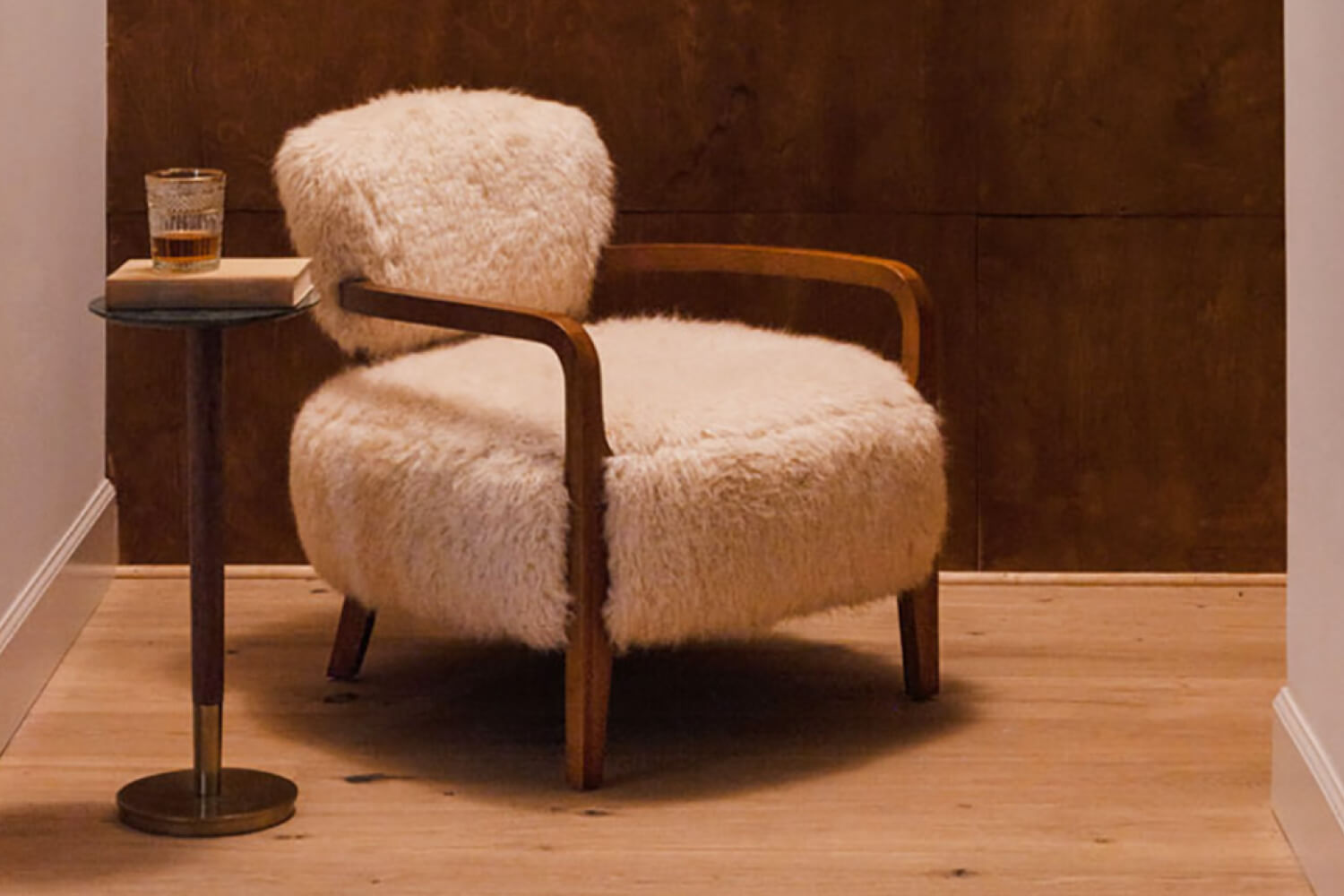
In the hustle and bustle of modern life, our environments play a pivotal role in shaping our mood, behavior, and productivity.
The subtle art of arranging our spaces is not just about aesthetics; it's a profound psychological undertaking that can significantly impact our daily lives.
This blog post explores how the strategic placement of furniture and choice of color palettes can create a harmonious environment that boosts mood and enhances focus.
Spatial Psychology
Spatial psychology is the study of how our physical environment affects our behavior and well-being. It’s an interdisciplinary field that draws on elements from psychology, architecture, and interior design.
Understanding the principles of spatial psychology can help us create spaces that not only look good but also feel good and improve our efficiency.
Why Space Matters
Our environment constantly sends cues to our brain, affecting our emotions and behaviors. A well-organized space can reduce stress, inspire creativity, and increase productivity, while a cluttered and disorganized one can have the opposite effect.
The Influence of Layout on Mood and Productivity
The arrangement of your space can drastically influence how you feel and perform. Let's delve into the aspects of room layout that can shape your mood and productivity.
Open vs. Closed Spaces
- Open Spaces: Open floor plans encourage collaboration and communication. They are ideal for creative brainstorming and group activities. However, they can also be distracting and hinder concentration for tasks requiring deep focus.
- Closed Spaces: Smaller, enclosed spaces are better for tasks requiring concentration and focus. They provide a sense of privacy and reduce external distractions.
Strategic Furniture Placement
- Facing the Light: Position desks and work areas to face windows or bright sources of light. Natural light boosts mood and energy levels.
- Zoning: Create distinct zones for different activities – a place for relaxation, another for work, and another for personal activities. This helps mentally separate various aspects of your life.
The Power of Color
Color psychology plays a crucial role in setting the mood of a space.
Different colors can evoke different emotions and behaviors.
Colors and Their Psychological Effects
- Blue: Promotes productivity and calmness. Ideal for workspaces.
- Green: Associated with balance and restfulness. Good for areas meant for relaxation.
- Yellow: Stimulates creativity and energy. Best used in creative spaces.
- Red: Evokes passion and urgency. Suitable for dynamic, high-energy environments.
Using Colors Strategically
- Accent Walls: Use bold colors on one wall to inject energy without overwhelming the space.
- Color Zoning: Different colors in different areas can help designate the use of each zone.
Furniture and Accessories: More Than Just Decor
The furniture and accessories you choose are not just for decoration. They can serve specific psychological purposes and influence your mood and productivity.
Ergonomic Furniture for Well-being
- Chairs and Desks: Investing in ergonomic chairs and adjustable desks can improve posture and reduce physical strain, which in turn enhances focus and productivity.
Personalization and Accessories
- Personal Touches: Adding personal items like family photos or favorite artworks can boost happiness and a sense of belonging.
- Plants: Incorporating greenery can reduce stress and improve air quality, enhancing overall well-being.
Lighting: The Mood Modifier
Lighting is one of the most potent mood influencers in a room. The intensity and color of light can change the entire ambiance of a space.
Natural Light
- Benefits: Natural light boosts vitamin D, improves mood, and enhances productivity. Try to maximize natural light through windows and skylights.
Artificial Light
- Adjustable Lighting: Use adjustable lighting systems to change the intensity and color based on the time of day and the type of activity.
The Role of Technology in Creating Adaptive Spaces
Modern technology allows for more personalized and adaptive environments.
Smart Homes and Offices
Automated Systems: Use automated lighting, heating, and cooling systems to create the optimal environment for various times of the day and types of activities.
Conclusion: Creating Your Optimal Space
Understanding the psychology of space is the first step toward creating an environment that enhances your mood and productivity.
By considering the layout, color, furniture, lighting, and sound in your space, you can create a harmonious environment that not only reflects your personal style but also promotes well-being and efficiency.
Tips for Getting Started
- Assess Your Needs: Consider your daily activities and what you need from your space.
- Start Small: Make small changes and observe how they affect your mood and productivity.
Final Thoughts
The spaces we inhabit are powerful tools that shape our experiences and behaviors.
By thoughtfully designing and organizing our spaces, we can create environments that nurture our well-being and inspire our best work.
Want to create a space that enhances your well-being and productivity? Gain inspiration from Eternity Modern reviews and the impact of thoughtful room layouts on daily life.

